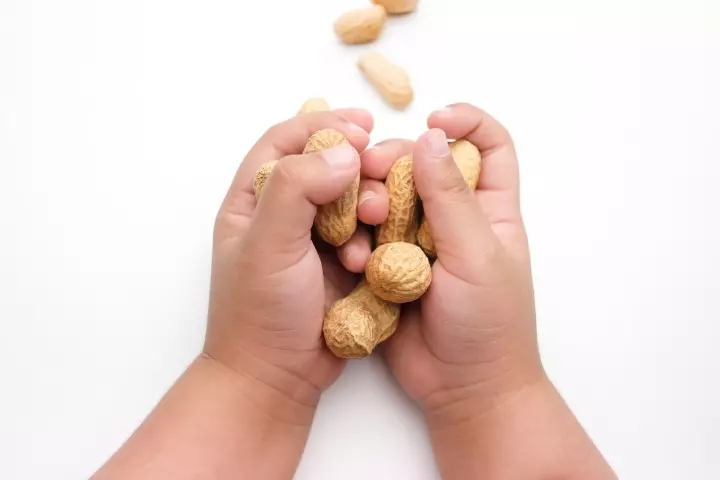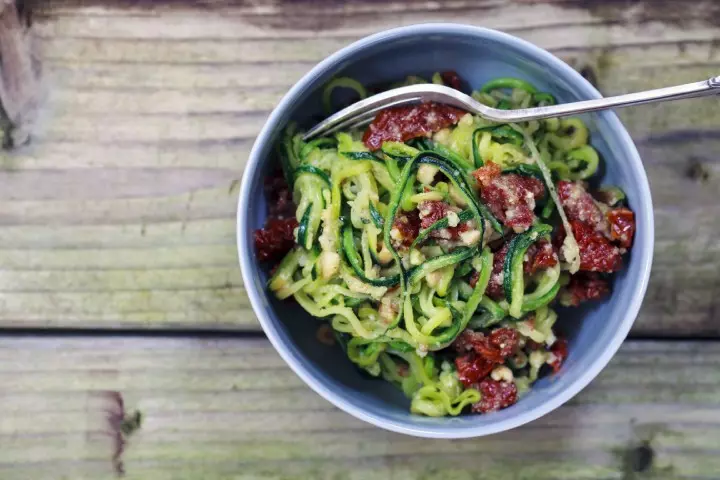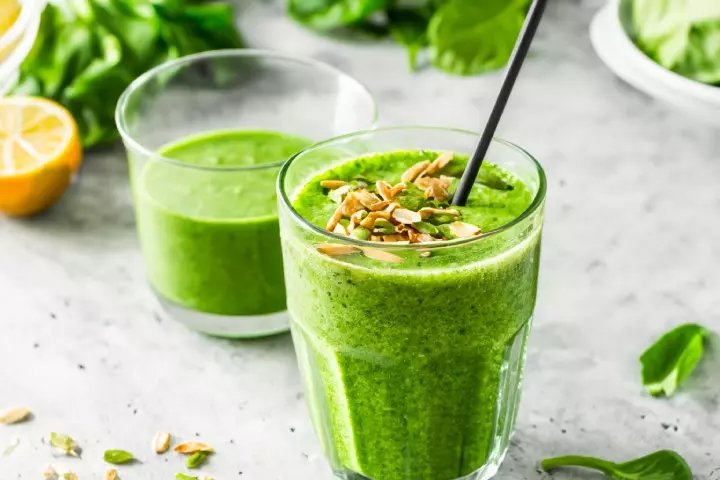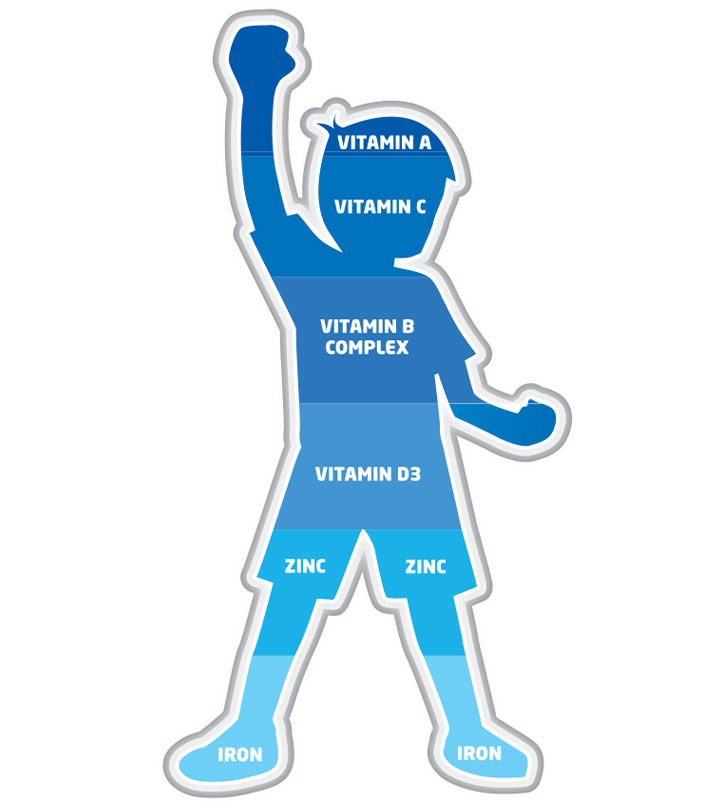
Image: Shutterstock
As a parent, introducing your children to new foods is a crucial chapter in their development. Among the nutritious options, tree nuts and peanuts stand out as powerhouse additions to your little one’s diet. However, navigating this path requires a bit of knowledge and caution. In this article, we’ll delve into the basics, exploring the differences between tree nuts and peanuts, when and how to introduce them to your child’s diet, and even share some delectable baby-friendly recipes. Read on to know it all!
Difference Between Tree Nuts And Peanuts
Image: Shutterstock
Differentiating between tree nuts and peanuts lays the groundwork for introducing these nutrient-packed delights to your child. Tree nuts, such as almonds, walnuts, and cashews, grow on trees, while peanuts are legumes, sprouting underground. Both offer distinct flavors and nutritional perks, but recognizing the difference is crucial, especially if allergies run in the family.
What Are Tree Nuts?
The popular examples of tree nuts include almonds, walnuts, cashews, pistachios, and hazelnuts. These nuts not only provide essential nutrients like healthy fats, protein, and vitamins but also offer a delightful range of flavors and textures (1). Recognizing the variety within this group is key, as allergies can vary between different tree nuts.
What Are Peanuts?
Packed with protein, healthy fats, and various nutrients, peanuts offer a distinct taste and texture. Peanut butter, a popular peanut-derived product, is a versatile ingredient that can be introduced to your child’s diet in a smooth and creamy form, ensuring a delightful and nutritious addition to their meals.
When Can You Introduce Your Child To Tree Nuts And Peanuts?
Image: Shutterstock
Introducing tree nuts to your little one can be a game-changer for their nutrition. However, it’s wise to wait until your child reaches around 6 to 12 months. Start with finely ground or pureed forms to avoid choking hazards. Observe for any adverse reactions, and gradually increase the texture as your child becomes more accustomed to solid foods.
Peanuts can enter your child’s diet around 6 months but in the form of smooth peanut butter or peanut powder mixed into purees (2). Whole peanuts are a choking hazard, so avoid them until your child is older. Keep a keen eye for any allergic reactions like rashes, swelling, or difficulty breathing. If food allergies are a concern, consult your pediatrician before introducing peanuts.
How To Avoid Nut Allergies?
Image: Shutterstock
Nut allergies can be serious and it needs to be handled with precaution and care. Introduce one nut at a time, observing your child for any adverse reactions before introducing another. If your family has a history of nut allergies, consult your pediatrician or an allergist for guidance. Early introduction, when done safely, may reduce the risk of developing allergies.
Baby Recipes Involving Tree Nuts And Peanuts
1. Almond Banana Pancakes
- Blend ripe bananas with a teaspoon of almond butter.
- Mix into a simple pancake batter.
- Cook small, baby-sized pancakes for a delightful breakfast.
2. Peanut Butter Apple Slices
Image: Shutterstock
- Spread a thin layer of peanut butter on apple slices.
- Create bite-sized snacks for a crunchy and nutritious treat.
3. Cashew Carrot Puree
- Steam carrots until tender.
- Blend with a dollop of cashew butter for added creaminess.
- Serve as a flavorful vegetable puree.
4. Walnut Pear Sauce
- Puree ripe pears and finely ground walnuts.
- Warm the mixture for a comforting and nutrient-rich dessert.
5. Hazelnut Zucchini Muffins
Image: Shutterstock
- Grate zucchini and mix into a muffin batter.
- Add finely chopped hazelnuts for a nutty twist.
- Bake into baby-sized muffins for a wholesome snack.
6. Peanut Butter And Banana Yogurt Parfait
- Layer baby-friendly yogurt with mashed bananas.
- Drizzle with a swirl of peanut butter for a tasty and protein-packed parfait.
7. Macadamia Sweet Potato Mash
- Steam sweet potatoes until tender.
- Mash with a splash of macadamia milk for added creaminess.
- Season lightly for a delightful side dish.
8. Pecan Spinach Puree
Image: Shutterstock
- Steam spinach until wilted.
- Blend with finely chopped pecans for a nutrient-packed puree.
9. Peanut Butter Oat Bites
- Mix oats, mashed bananas, and a dollop of peanut butter.
- Form into small bites and bake for a chewy and energy-boosting snack.
10. Mixed Nut Rice Cereal
- Cook baby rice cereal with a blend of finely ground mixed nuts.
- Ensure the nuts are well incorporated for a textured and nourishing meal.
11. Cashew Cauliflower Mash
Image: Shutterstock
- Steam cauliflower until soft.
- Mash with a spoonful of cashew butter for a creamy and nutritious alternative to traditional mashed potatoes.
12. Peanut Butter And Jelly Quinoa Porridge
- Cook quinoa according to package instructions.
- Swirl in a dollop of peanut butter and a spoonful of baby-friendly fruit preserves for a delightful and protein-rich breakfast option.
Introducing your child to tree nuts and peanuts is a flavorful way to enrich their diet with essential nutrients. The journey of incorporating these wholesome foods into your child’s diet is a rewarding one, paving the way for a lifetime of healthy eating habits.



















